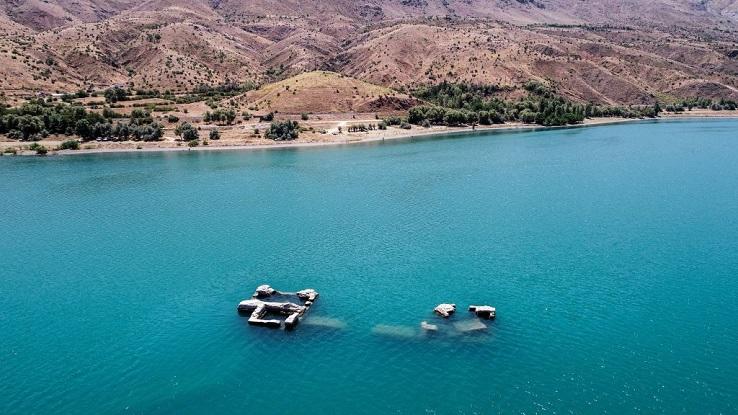
Secrets and treasures of the ancient world are scattered all across the globe. One of the most incredible discoveries in the history of exploring the ancient world was recently unearthed completely by accident.
Let’s head to Turkey to dive deep into the ancient waters of Lake Van to marvel at the find of the century: a sunken castle. The history and legends surrounding this impossible treasure are waiting just beneath the surface.
It Started with an Earthquake
Lake Van is a lovely spot in Turkey that has attracted visitors for as long as anyone can remember. The scenic vista includes not only the lake itself, but sprawling foliage, a massive mountain and the Holy Cross Cathedral built just at the edge of the cliff.
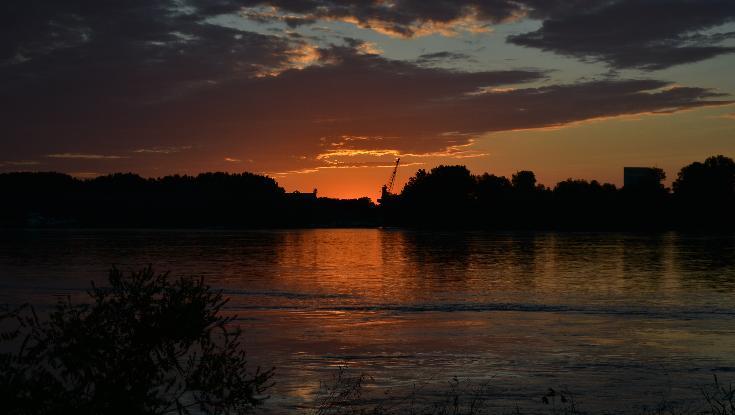
Before all that, Lake Van got its start more than 600,000 years ago when major faults beneath what became Turkey began to shift and move. The lake spans 74 miles at its widest point and has a recorded depth of 1,480 feet.
The Whole Thing Should Be Frozen
One thing to keep in mind as you learn more about Lake Van is that the lake is actually at a very high altitude. It sits 5,380 feet above sea level, above the point where water is expected to freeze.
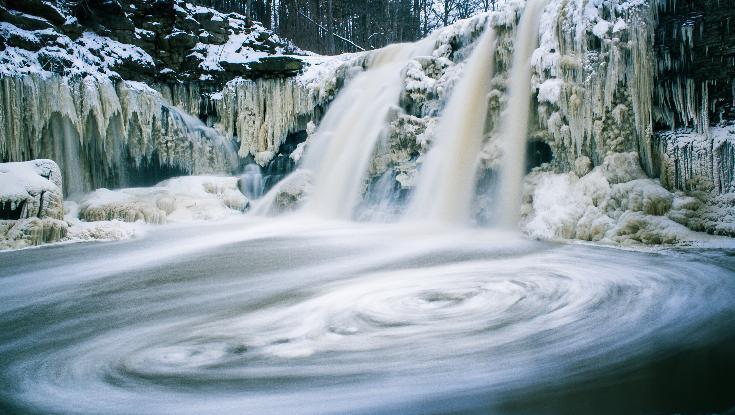
However, due to the high levels of salt in the lake, much of the surface remains unfrozen, even during the frigid winters on the Anatolian Peninsula, where it’s located. Thanks to this feature, explorers and archaeologists have had the opportunity to search the lake for its secrets.
So, What’s Down There?
Lake Van has fascinated scientists for years. As a large, ancient lake with no outlets, its waters have served as a repository for thousands of years’ worth of history. Investigations into the lake’s history have been largely concerned with the ecology and climate surrounding such a strange natural formation. For decades, no one thought to search the lake for man-made history.
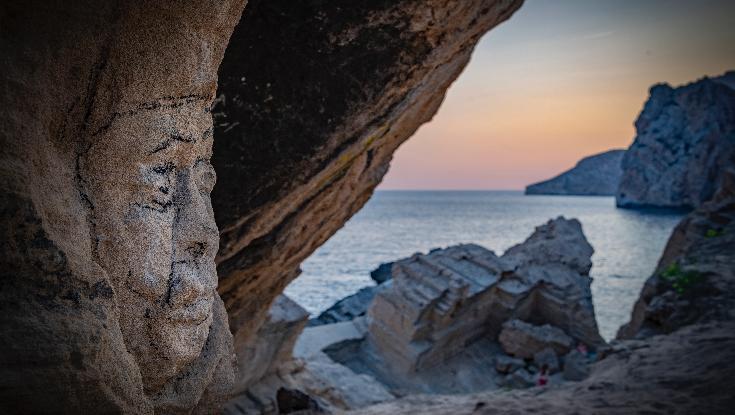
In fact, one of the most incredible secrets of Lake Van was only discovered recently completely by accident. A 2017 diving expedition discovered a massive underwater fortress submerged in the water.
Legends of a Hidden Temple
The discovery of the ruins wasn’t totally without precedent. Stories and legends always hinted at ancient civilizations and long-vanished empires that had once inhabited the land. As far back as the 1950s, rumors and speculation had implied that something ancient could be buried deep within Lake Van.
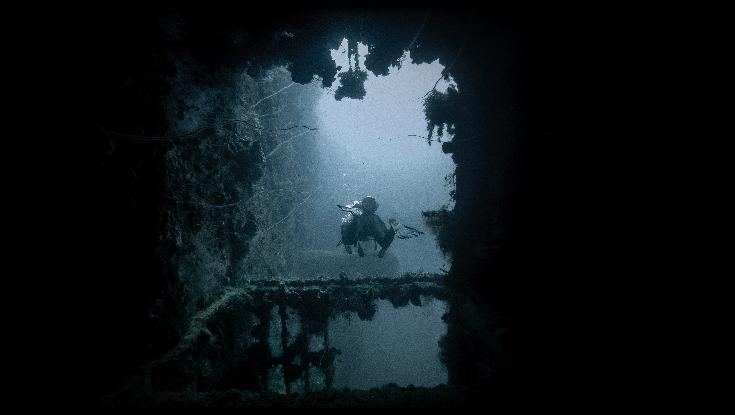
Technology was limited in the past, and those intrepid scientists were very much looking in the right place for the right thing, but they were frustrated in their efforts. For years, they couldn’t find any hard evidence there was a structure of any kind lost in the lake.
Lost Cities
Lost and sunken cities — real, imaginary or something in between — have long fascinated and excited the general public. Atlantis is the most famous lost-city myth in Western culture, but that fabled cautionary tale isn’t the only one to surface (pun intended).
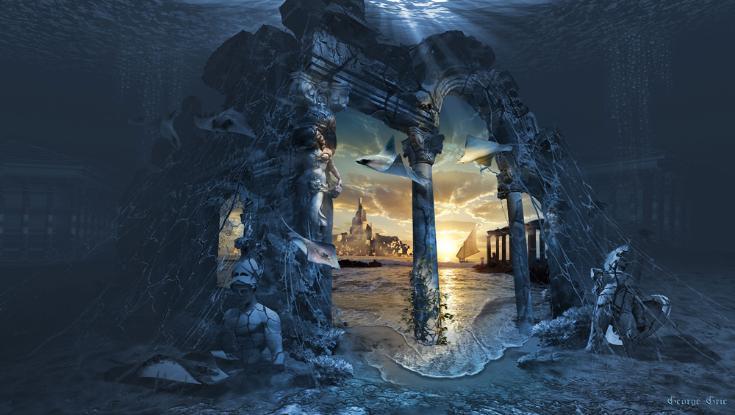
Dunwich, Baiae, Heracleion, Ravenser Odd, Kekova, Atlit Yam, Shicheng, Olous and many other cities litter various seafloors due to flooding from natural calamities or man-made disasters or some combination of both. Many of these cities were believed to house vast wealth and knowledge, and their destruction was a lesson for humans about what happens when you go beyond nature’s boundaries.
The Perfect Team
The eventual team that discovered the ruins in Lake Van was formed at Yan Yüzüncü Yıl University, also located in Van. The school’s motto is “A Gateway to the Future,” yet representatives from the school were destined to open a door into the past.
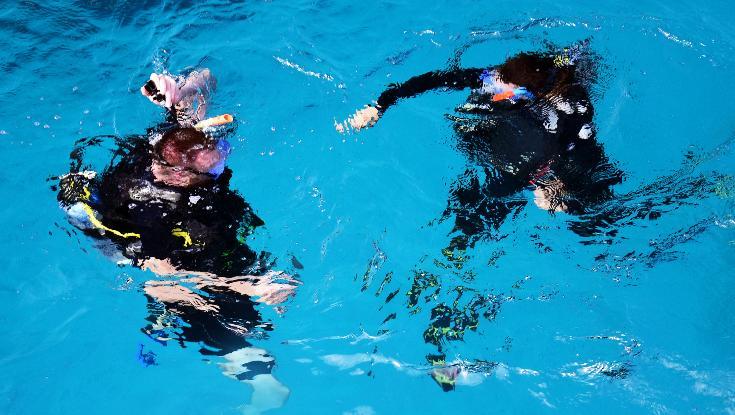
The expedition wasn’t specifically looking for a lost city or forgotten structure. It was a broader survey of the waters as part of a general study. Although stories surrounding the area had grown to mythical proportions over the years, no one really expected to find anything magical.
Fearless Leader
The lead diver on the exploratory mission was Tahsin Ceylan, an experienced underwater explorer and photographer with decades of experience in underwater activities. Over the course of his career, Ceylan has conducted numerous dives in the Red Sea, the Atlantic and Pacific Oceans, and other waters throughout Turkey.
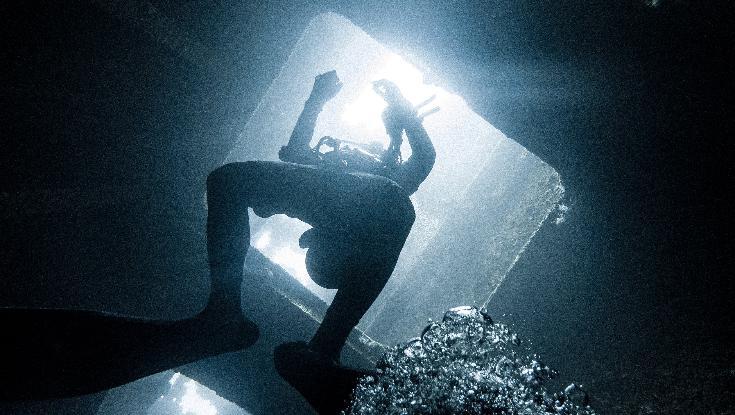
His objective with the dive was to probe into stories of some kind of monster supposedly swimming in Lake Van. Other scientists and archaeologists insisted there was no point in searching, but Ceylan opted to dive right in and find out for himself.
Original Mission
The team led by Ceylan had actually been diving in and documenting finds in Lake Van for a decade when they made their discovery. Ceylan’s interest started as an investigation into a mythical creature, but the broader purpose of the mission was to photograph and document all manner of life and vegetation growing beneath the water.
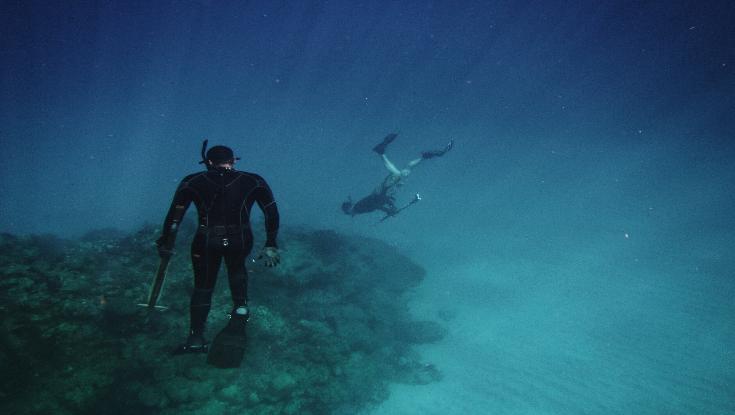
The major discovery was made outside the harbor of Adilcevaz, a town in Turkey inhabited for thousands of years. It was there that Ceylan and the team found a stone wall they soon realized was part of something old and unbelievable.
The Castle
Whatever Ceylan and the other explorers expected to find down there, nothing could have prepared them for the sight they uncovered in the cold, dark waters of Lake Van. At the bottom of the lake, a massive castle was submerged, preserved in pristine condition.
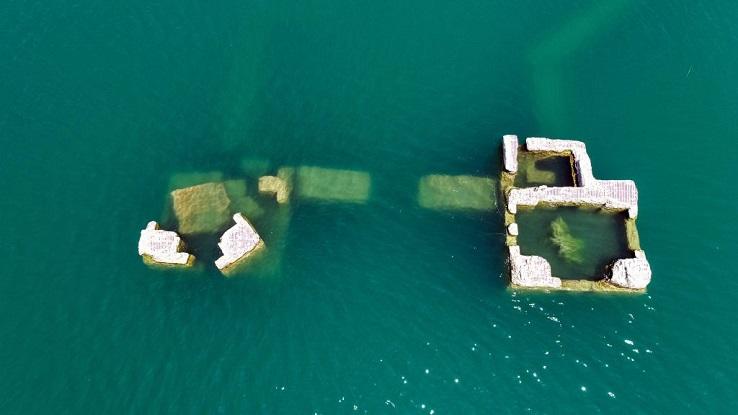
The castle walls extended for a kilometer and climbed as high as 4 meters. While centuries passed, the castle sat peacefully on the lake’s bottom. Discovering it was like a strange, impossible dream that suddenly came to remarkable life.
The Investigation
Immediately, Ceylan and his team began snapping pictures and gathering as much evidence as possible to help them make sense of what they had actually discovered. It was truly a find without precedent in local archaeology, and it brought many of the assumptions local authorities had made about the area’s history into question.
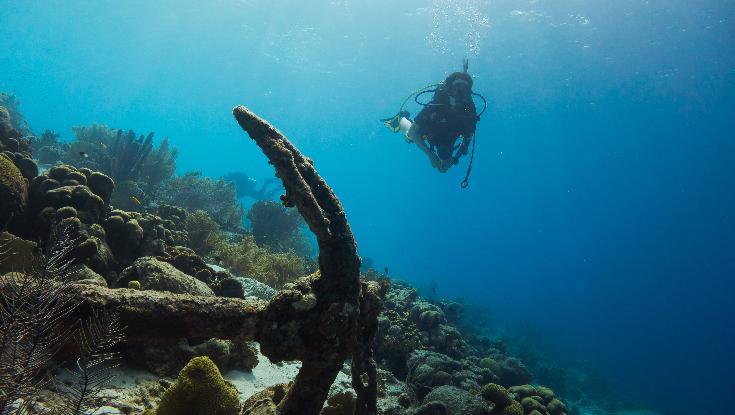
The investigation is still very much ongoing, as dueling theories compete for prominence. Ongoing explorations into the ruins of the castle and other debris found within Lake Van continue to add pieces to the strange puzzle.
So, Who Built the Castle?
Initial reports suggested the castle originated in what is known as the Urartian Era, a relatively brief kingdom that came and went during the Iron Age, spanning 860 BC to 590 BC. The Urartian kingdom began as a group of smaller kingdoms that banded together with Lake Van at their center.
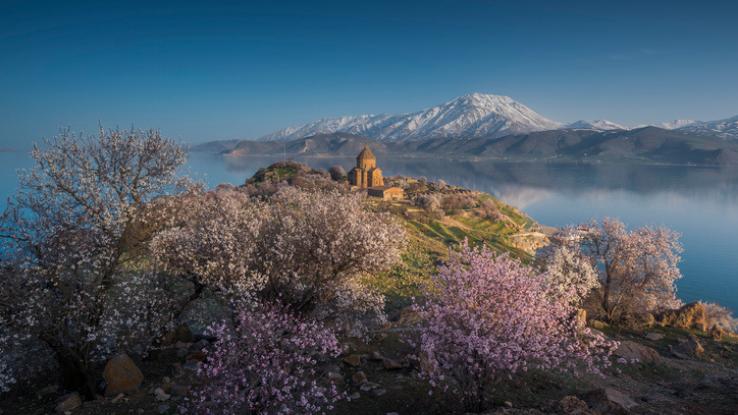
The Urartian people enjoyed a period of power and comfort, but they went into a gradual decline and were finally conquered by the Iranian Medes in the early 6th century BC. Today, the Urartian people live on as modern-day Armenians.
Caveat
The discovery of the castle in the waters of Lake Van caused a great deal of excitement and speculation among lovers of strange history. In particular, the discovery seemed to provide concrete proof of an ancient, semi-mythic empire believed to have once occupied that land.
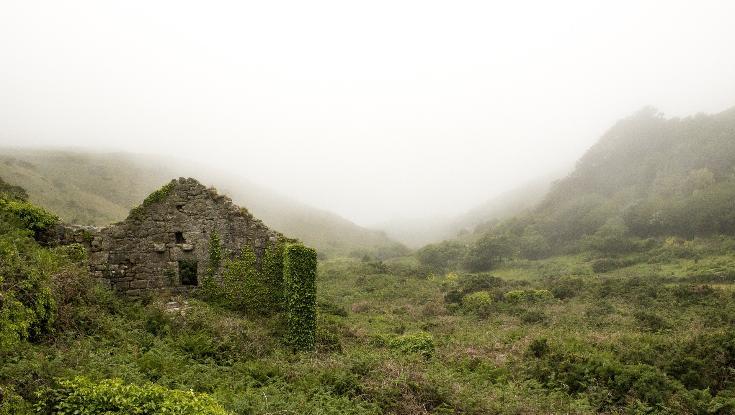
Ceylan attempted to downplay the most extravagant rumors, reminding everyone that an archaeologist wasn’t present during the initial expedition. As such, the ideas posited by him and his team were their own and not based on careful study and evidence. His assertions did little to stop the enthusiasm.
The Stone Lion
The theory that the sunken castle belonged to the Urartian people was seemingly confirmed very early in the discovery process. In their examination of the castle stones, Ceylan and his team discovered a lion etched into the rock.
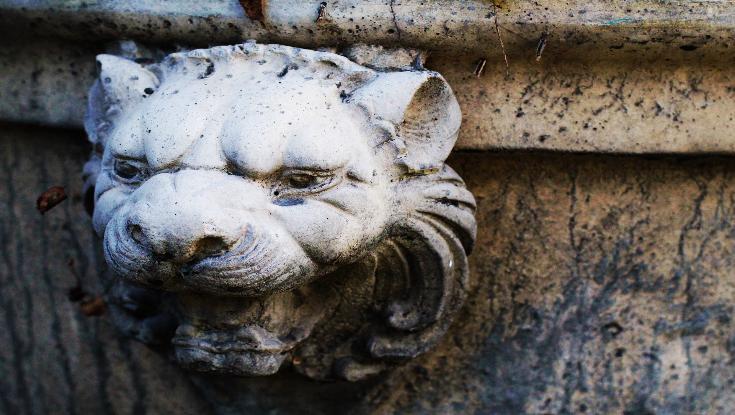
This was a critical find, as the lion was the motif chosen by Urartu back when it was a thriving kingdom. For a short time, it was believed this was proof the castle had once belonged to the Urartian people and most likely fell into disrepair when the kingdom fell.
Earlier Evidence
Surprisingly, the discovery of the castle didn’t come as much of a surprise to some within the archaeology community. In a paper published in 1958, Charles Burney and G.R.J. Lawson described the possibility of a medieval castle on the north shore of Lake Van. They speculated that the castle had been built out of reused blocks from an ancient civilization.
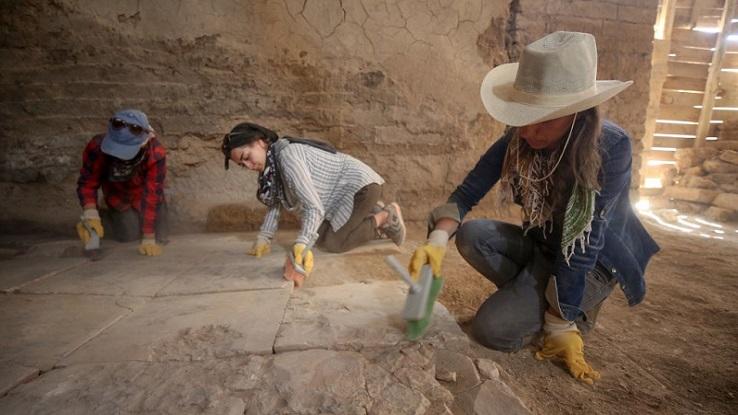
As with other attempts to learn the secrets of Lake Van, it can be reasonably concluded that any efforts made by Burney, Lawson and anyone else who shared their theories would have been stymied by the limitations of technology.
Secrets of the Stone
Other experts believe there are deeper truths than what the lion suggests. Archaeologist Geoffrey Summers examined the evidence and concluded that the stones of the lost castle told a different story than that of a proud kingdom that had toppled into ruin.
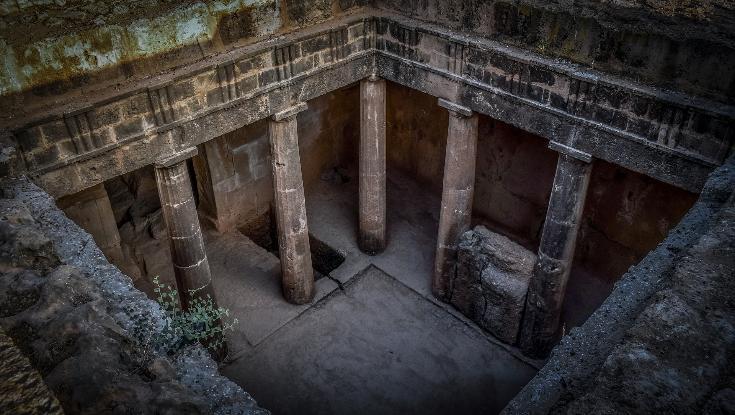
Summers’ theory is that the architecture suggests the castle was built much later, during the medieval period. That would suggest the Urartian people’s work was repurposed decades — perhaps even centuries — after the kingdom fell, with the stones recycled to build new structures and fortifications.
Deduction
After the initial fervor around the discovery began to die down, archaeologists and other experts examined the evidence more closely, and a number of them concluded that Summers, Burney and Lawson were on the right track. It was incredibly likely the castle was constructed up to a thousand years later than believed, during the medieval period.
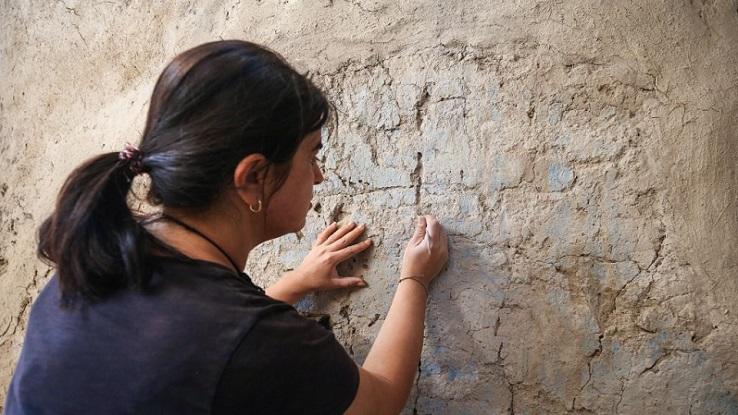
The supporters of this theory argue that builders in the Middle Ages often repurposed stones from thousand-year-old structures. Due to this practice of reusing building materials, it’s much harder to determine when the castle was built and when it washed away.
Ancient History
Others say this argument is actually backwards, and it was the Urartian people who did such a large amount of recycling. This theory also hinges on the architecture of the castle, arguing that the stones weren’t assembled in any way that fit with how the Urartian people went about their business.
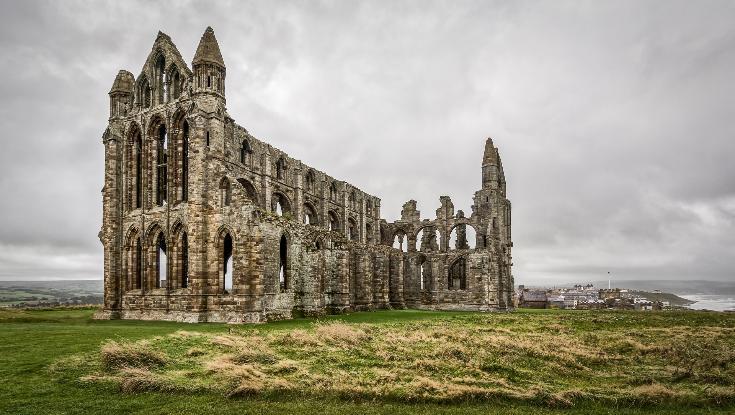
Instead, this theory proposes that the Urartian people cannibalized their own history and ancestral structures to build a new castle. While everyone has a theory, it’s unlikely that any one answer will ever be fully proven.
What Lies Beneath
Although many theories have been debated, expeditions have continued to explore the castle and the remains of the city that once surrounded it. Some sections of the castle continue to stand strong against the cold water and the ever-present pressure, but other areas have collapsed entirely and are nothing more than pebbles scattered across the lake’s floor.
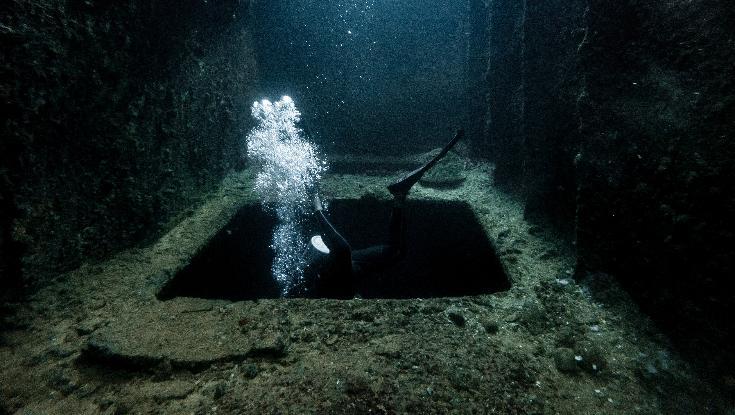
Scientists have gathered and studied as much verifiable data as they can, including measurements for the remaining walls. They have also dredged the rest of the lake for any stray pieces separated from the rest of the find. Lake Van doesn’t give up its secrets easily.
But Who Built the Castle?
No one can be sure when or why the castle came into being. However, a scholar named P. Hulin put together a report that argued a comprehensive theory about the origins of the castle and its role in the eventual downfall of the Urartian kingdom.
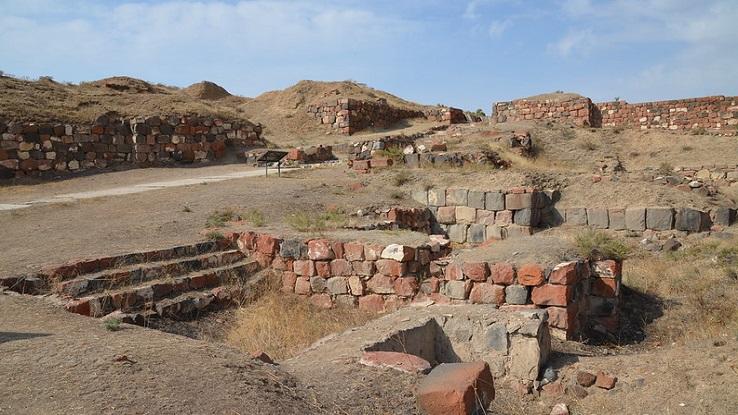
Much of Hulin’s work centers around the doomed mad King Rusa. Hulin’s theory is based on inscriptions in artifacts discovered around Lake Van. Weather-beaten and faded by centuries, these inscriptions tell a Shakespearean story of a proud king whose sins eventually came back to ultimately destroy him.
Hail to the King
The legend says that Rusa became King of Urartu upon the death of his father, King Sarduri II. While Sarduri was alive, Rusa was known and feared as a great conqueror of the surrounding regions and peoples, gobbling up lands to feed the expansion, wealth and power of the Kingdom of Urartu.
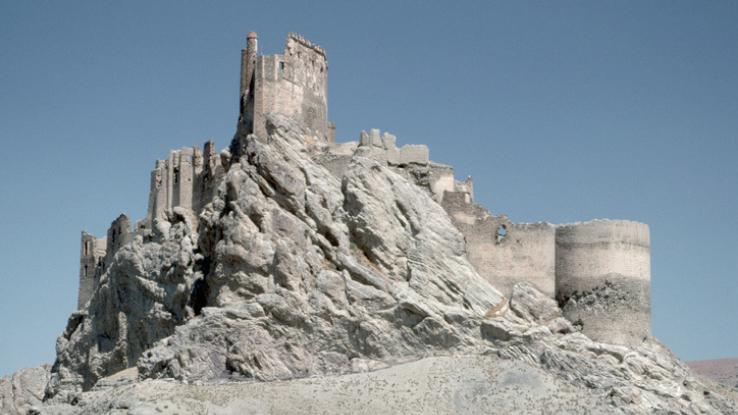
When his father died, Rusa became king and attempted to put his wild days behind him to focus on ruling a peaceful and prosperous kingdom. Unfortunately, things weren’t not that simple for the new king.
A Clash of Kings
With Rusa wearing the crown, the Urartian’s ancient enemies, the Assyrians, saw an opportunity to incite their own people to rise up against him. They attempted to join forces with other people and kingdoms who had been destroyed by Rusa in his wild days as an unchecked prince and marauder.
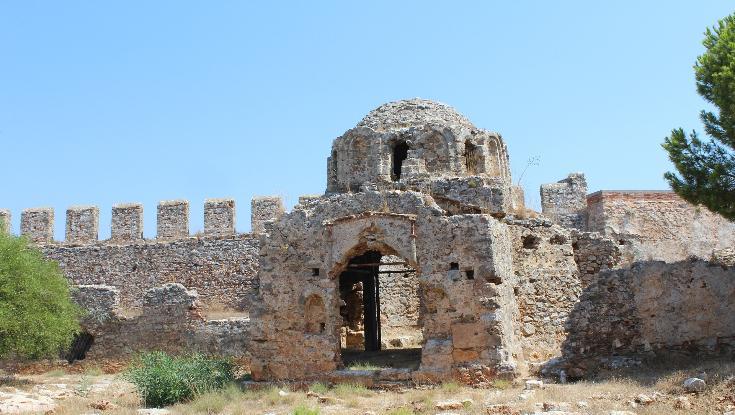
To accomplish this, the Assyrians appointed their own new king, Tiglath-Pileser III. He wasted no time rallying his people to prepare for war and stoking his subjects’ enthusiasm to take back what they had lost while taking revenge on their hated rivals.
Role Reversal
Suddenly, Rusa had to play defense against an aggressive, attacking force. Records indicate the Urartian people were unprepared for the ferocious and very well-organized assaults launched against their borders by the enraged Assyrians. Tiglath-Pileser III wasted no time after the passing of the former king before launching his attacks against the new one, and it took all of Rusa’s resources to defend his lands.
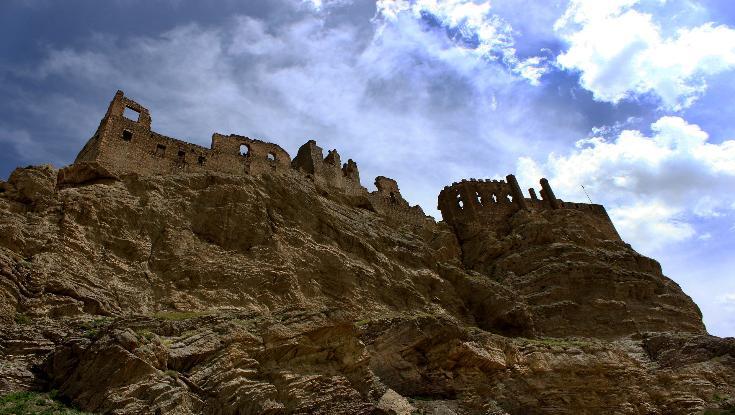
Even when the lands were preserved and the battles were won, the cost to Urartian forces and resources was intense. Still, the Assyrian army refused to stop.
The Fall
For survival, researchers believe the Urartians may have left the area and abandoned the castle to be swallowed by the lake. Urartu was invaded constantly, each time requiring them to build back up from the ashes of the attempted conquest. The kingdom continued to shrink, piece by piece.
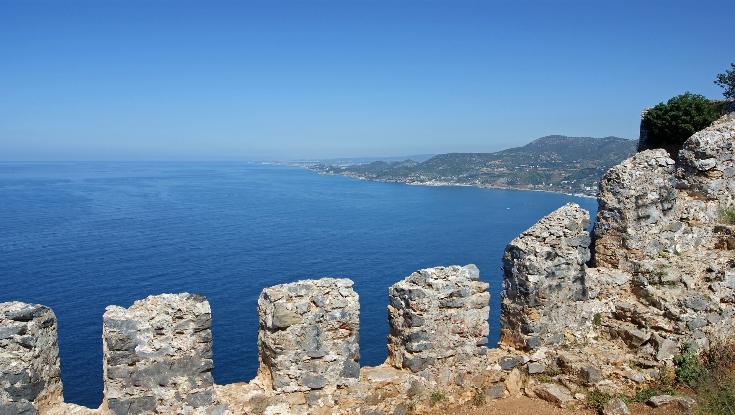
These small victories were all that was needed to prove to King Tiglath-Pileser III that his methods worked. His armies continued to batter the borders of the Urartu kingdom, never giving Rusa a moment’s rest or letting him forget the pain he had caused others as a young man.
Victory
Battered and weary from constantly defending themselves, the Urartu people eventually capitulated to the invaders. The Assyrians — recently conquered themselves by a conglomeration of Medes, Scythians and Nabopolassar of Babylon — wiped the kingdom from the face of the Earth, leaving the great castles and structures to fall to ruin or be swallowed by the sea.
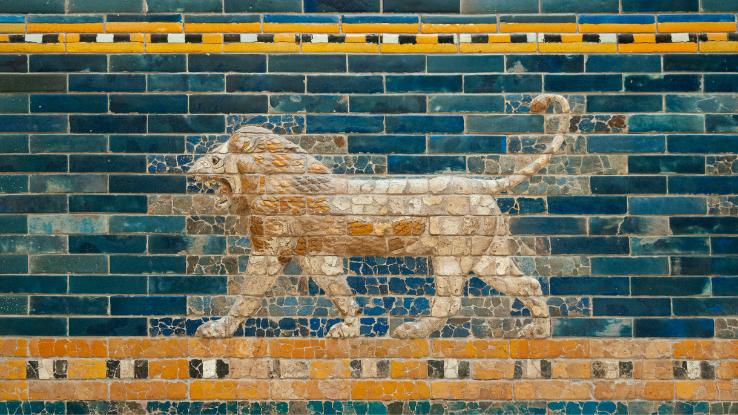
Ironically, King Rusa, who so loved conquest and battle at a young age, was driven to madness by the years spent fighting to save his kingdom from conquest. He eventually took his own life.
Myth Beyond the Myth
The legendary story of the mad king and the downfall of the kingdom has a wrinkle that takes it further into the realm of ancient myth. During an earlier examination of Lake Van in the 1950s, P. Hulin discovered an etching that shows Rusa interacting with the ancient god Haldi.
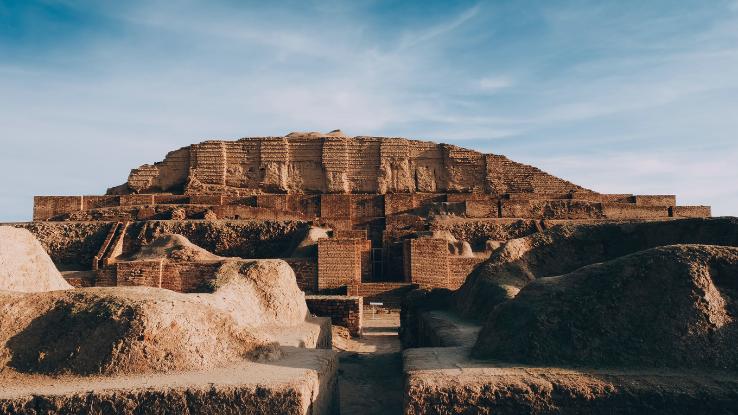
Haldi was worshipped by the Urartian people and is often depicted riding on a lion. Sometimes, he had wings, but other times not. The texts describing Haldi’s attributes and abilities have been lost, so his complete role in the story of Rusa’s downfall isn’t known.
After the Fall
As the people living in the area began to conform to a new way of life and develop their new Armenian identity, the memories of Urartu faded and then disappeared. It became one of the mythical paradises we describe in stories and myths, similar to the stories told about Atlantis and Camelot.
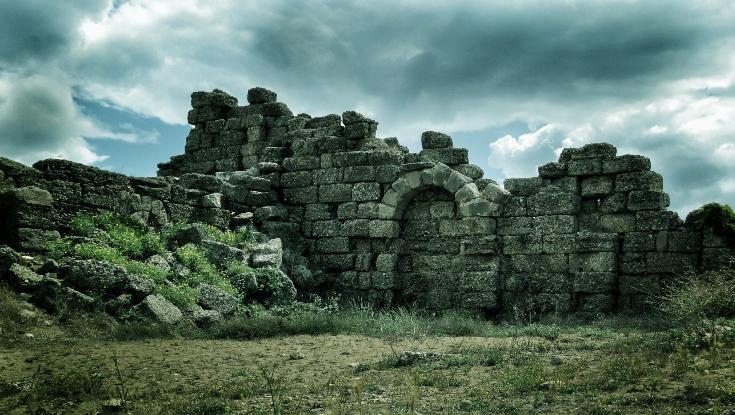
In the 5th century, prominent Armenian historian Movses Khorenatsi compiled the legends and stories into a single text, called History of Armenia. The “Kingdom of Armenia” in Khorenatsi’s stories was in fact Urartu. His work ensured the kingdom would live on for centuries, even if only as a myth.
Cold Water
While the story of mad King Rusa makes for quite a story, archaeologists continue to express doubts that the castle dates back that far. The nature of the stones and the style of architecture used to construct the castle are more in keeping with medieval techniques and fashion.
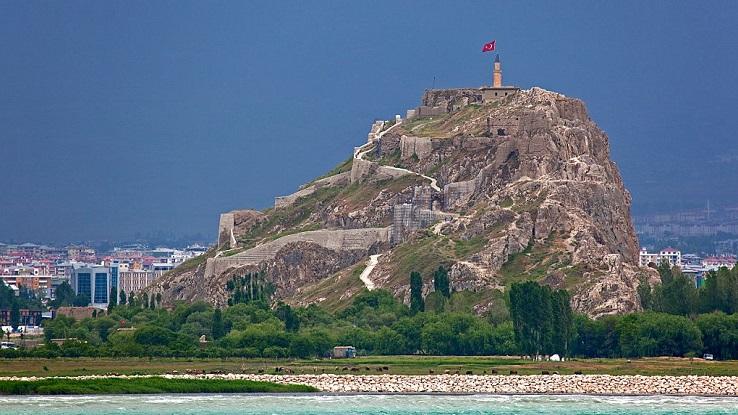
Furthermore, the lion symbol could simply be the result of repurposing stones and other artifacts from a former Urartian structure. To make matters more confusing, when the castle was discovered, it was incorrectly reported that an archaeologist was part of the team and had verified the ancient dates.
Print the Legend
Prior to the discovery of the Lake Van castle, there was little to no actual evidence that the Kingdom of Urartu was an actual historical entity and not just a hodgepodge of myths and legends used to cement a shared cultural heritage and identity. With the discovery of the castle and the sunken city around it, suddenly all bets were off.

Experts are right to express the need for caution, of course. It’s easy to imagine why people would want to treat the discovery of the city as a fantasy story come to life, much like accidentally stumbling into Narnia.
Going Deeper
It’s believed that the castle and its surrounding buildings were absorbed into the lake as the faults beneath the area continued to shift, allowing the water to swell and grow deeper at the castle’s location. It’s also possible the rising water levels played a role in the kingdom being unable to defend itself from the mounting number of threats.
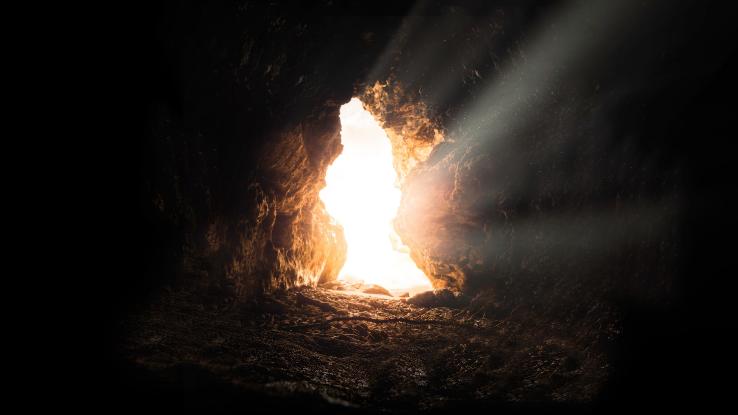
Most likely, the location of the castle was chosen for its proximity to a water supply. Even though the water of Lake Van is salty and inhospitable, it still would have been useful in other ways at the time.
More to Find
The discovery of the castle beneath the waters of Lake Van has led to even more questions about the area, its history and its people. Scientists and researchers continue to flock to the cold, dark waters of the lake to try their hand at unearthing even more secrets.
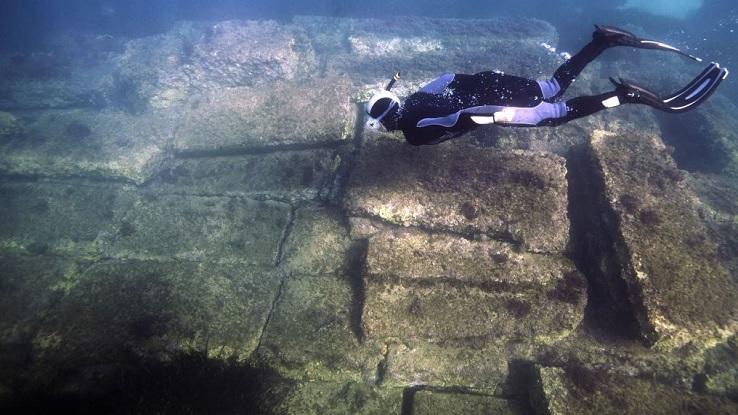
Whatever is eventually learned, it’s likely that we will never know the full truth of the castle and how it came to lie undisturbed at the bottom of an ancient lake for centuries. Some mysteries simply don’t come with any easy answers.






